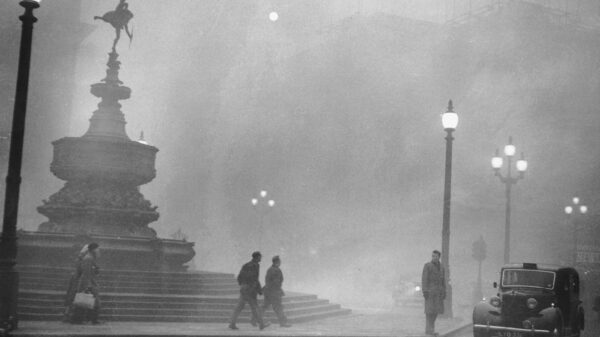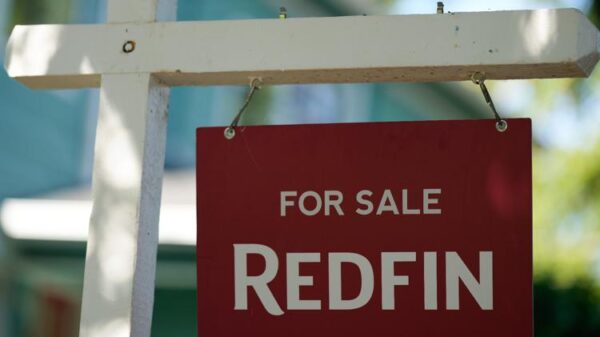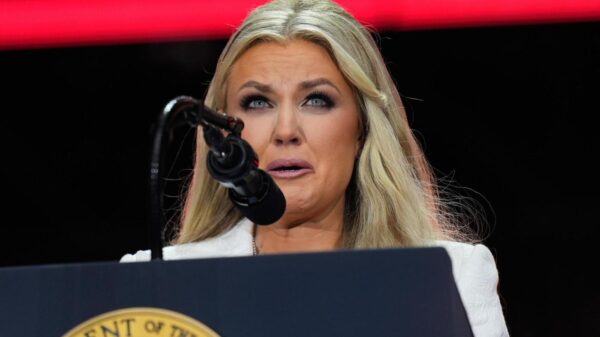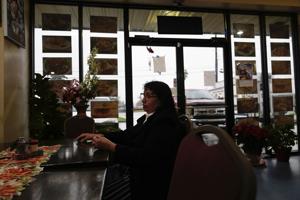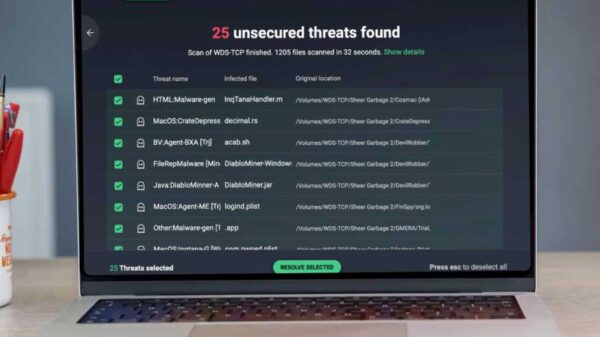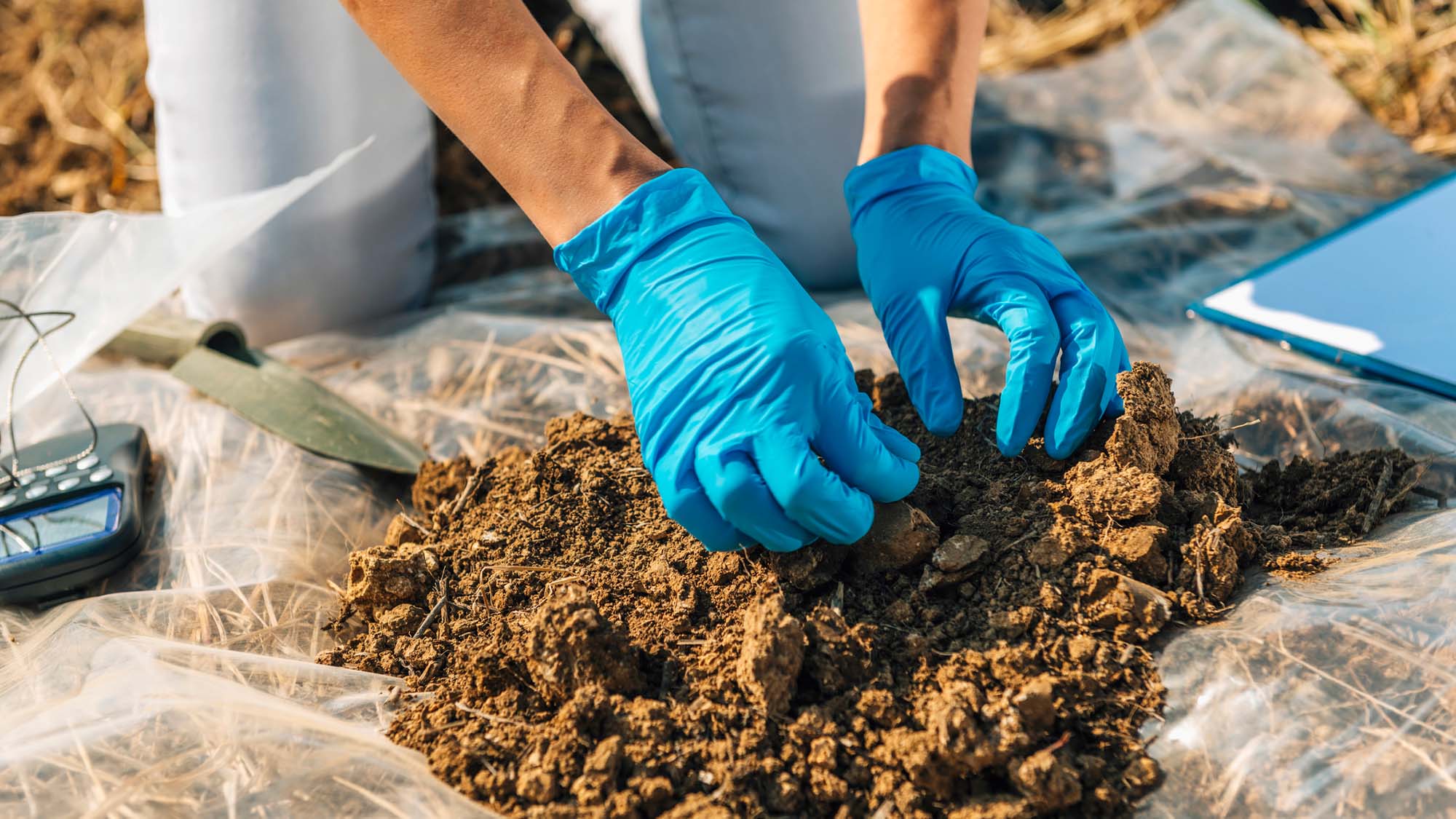Following the devastating wildfires in January 2025, researchers are advocating for improved soil testing and stricter safety standards concerning lead contamination in soils. This call to action comes from experts at the Harvard T.H. Chan School of Public Health, who emphasize the need to address health risks associated with lead exposure stemming from contaminated soil.
In a Perspective article published on August 8, 2025, in the Journal of Exposure Science and Environmental Epidemiology, the researchers outlined best practices for soil remediation after wildfires. Their recommendations are part of the broader Los Angeles Fire Human Exposure and Long-Term Health Study, which aims to assess the health impacts of the wildfires that swept through California.
The team examined California’s existing procedures for evaluating soil safety in residential areas. They discovered that the state’s current lead standards may not adequately protect public health, as they rely on outdated modeling techniques. Consequently, they are calling for stricter regulations and mandatory soil testing at sites where properties were destroyed.
“We’re getting asked these questions every single day … ‘Is it safe for my kids?’” stated Joe Allen, a professor of exposure assessment science and lead author of the study, in comments to the Los Angeles Times. “I can’t look at somebody in the eye anymore, knowing what I know about these models, and tell them yes.”
The research highlights the crucial need for updated testing protocols and clearance thresholds to ensure the safety of communities affected by wildfires. Co-authors of the article include Kari Nadeau, Parham Azimi, Gen Pei, Lauren Ferguson, and Lindsey Burghardt, all of whom contributed their expertise to this significant public health issue.
As communities begin to recover from the wildfires, the implications of lead exposure in soil are increasingly urgent. The researchers’ findings underscore the importance of proactive measures to safeguard public health, particularly for vulnerable populations, including children.
In summary, the call for enhanced soil testing and stricter safety standards is a vital step toward ensuring that residential areas impacted by wildfires can be deemed safe for habitation. With ongoing discussions about public health and environmental safety, the recommendations from Harvard’s research team may play a pivotal role in shaping future policies and practices.



